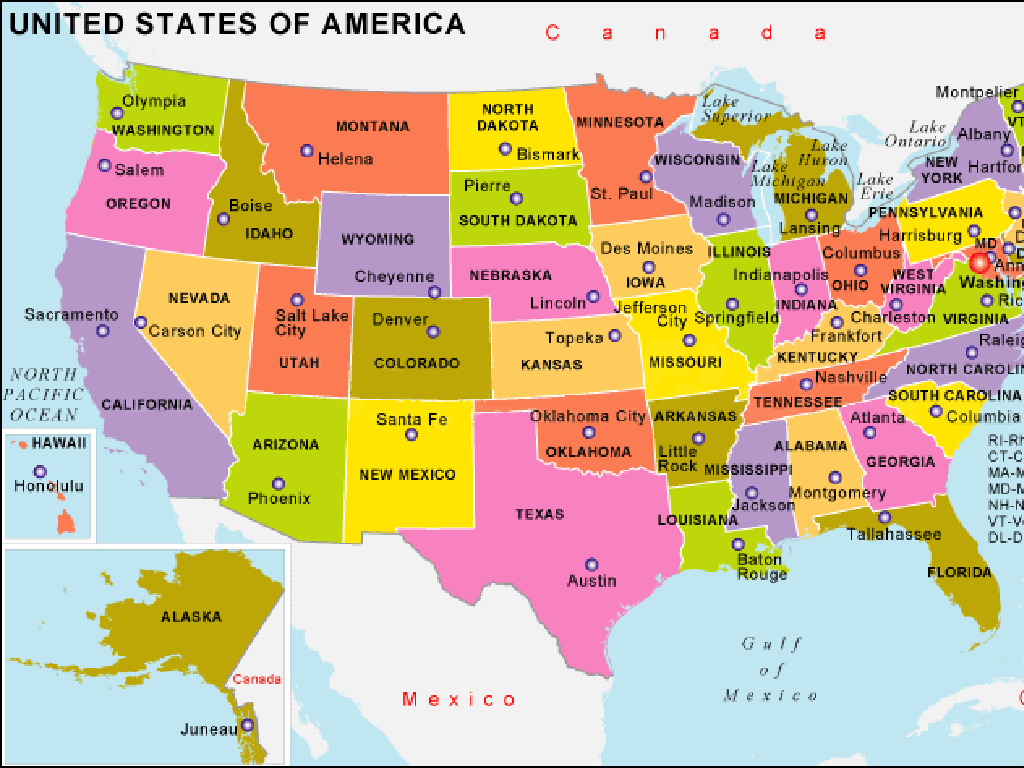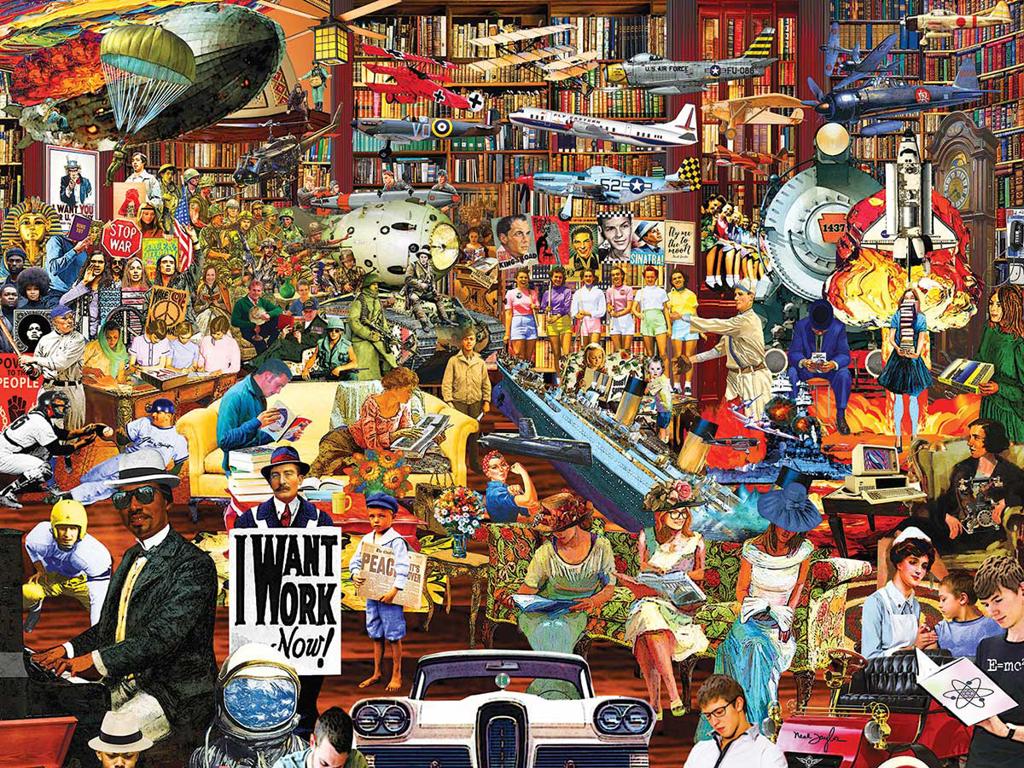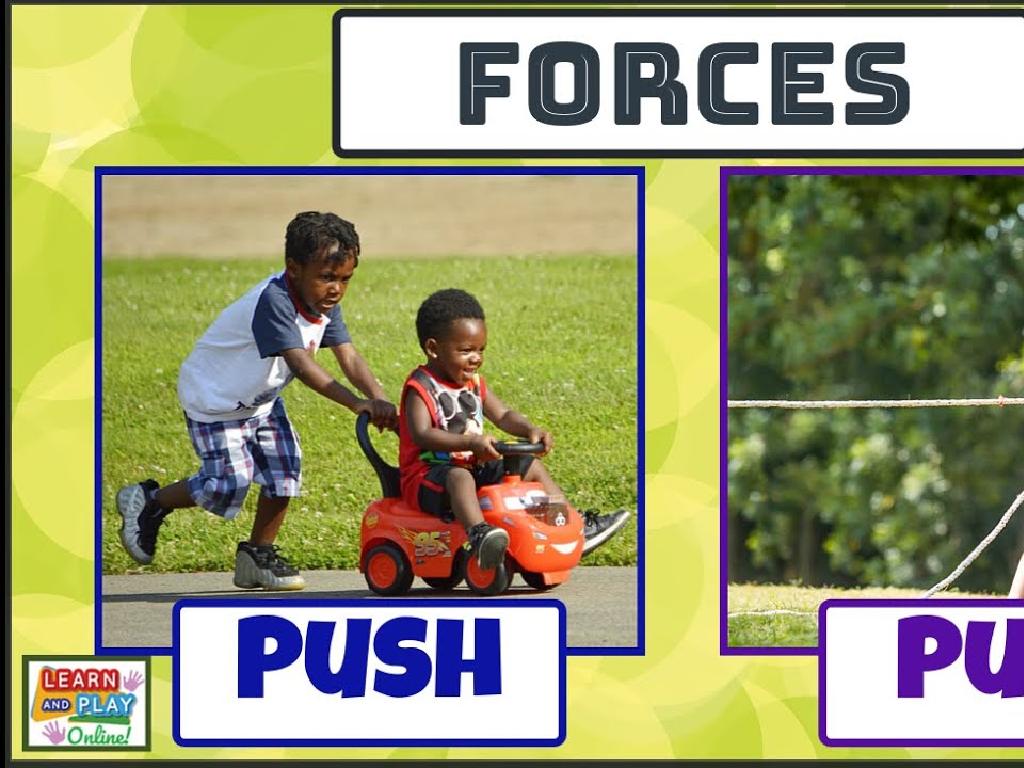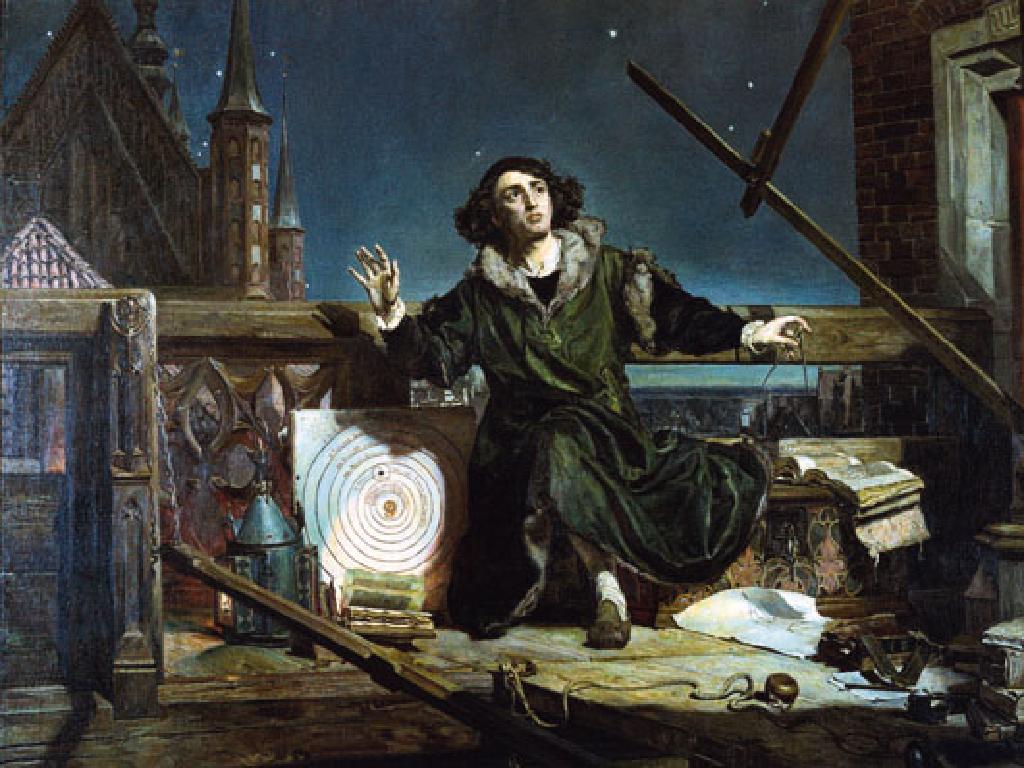Compare Two Texts With Different Genres
Subject: Language arts
Grade: Seventh grade
Topic: Comparing Texts
Please LOG IN to download the presentation. Access is available to registered users only.
View More Content
Welcome to Comparing Texts!
– Understanding different genres
– Genres are categories like fiction, non-fiction, poetry, etc.
– Defining ‘Comparing Texts’
– Examining similarities and differences in themes, style, and structure
– Importance of text comparison
– Helps recognize distinct characteristics and author’s purpose
– Enhancing analytical skills
– Comparing texts improves critical thinking and writing abilities
|
This slide introduces the concept of comparing texts across different genres, which is a key component of the seventh-grade Language Arts curriculum. Start by explaining what a genre is and provide examples of different genres. Then, define what it means to compare texts, emphasizing that it involves looking at how different texts approach similar themes or topics. Discuss the importance of this skill, such as understanding the author’s intent, the effectiveness of different writing styles, and the impact of genre on the message. Highlight how this practice can enhance students’ analytical skills, which are crucial for their academic development. Encourage students to think of their favorite books or stories from different genres that they might compare.
Exploring Literary Genres
– Define ‘Genre’
– A category of artistic composition, as in music or literature.
– Explore genre examples
– Fiction, non-fiction, poetry, drama, etc.
– Discuss genre characteristics
– Fiction: plot-driven, characters. Non-fiction: factual, informative.
– Compare genres
|
This slide introduces the concept of ‘genre’ in literature, providing a foundation for comparing texts from different genres. Begin with a definition to ensure students understand that genre is a way to categorize literature based on certain criteria. Provide examples of different genres, such as fiction, non-fiction, poetry, and drama, to give students a broad view of the literary landscape. Discuss the unique characteristics of each genre, highlighting how they can affect the reader’s experience. For instance, fiction often focuses on narrative and character development, while non-fiction is typically more informative and fact-based. Encourage students to think about their favorite books and what genres they belong to, setting the stage for deeper analysis and comparison in subsequent lessons.
Identifying Genres: Visual & Context Clues
– Understand visual clues for genres
– Cover art, layout, illustrations can hint at genre
– Learn contextual clues for identification
– Titles, language style, and setting provide context clues
– Group Activity: Guess the Genre
– Work in groups to identify genres of various texts
|
This slide introduces students to the concept of identifying genres using visual and contextual clues. Visual clues include elements like cover art, layout, and illustrations that often align with genre conventions. Contextual clues involve examining the title, language style, and setting within the text to determine the genre. The group activity ‘Guess the Genre’ is designed to engage students in applying these concepts. Divide the class into small groups and provide excerpts from different genres. Students will discuss and decide on the genre of each text, justifying their choices with visual and contextual evidence. This activity encourages collaboration, critical thinking, and reinforces genre identification skills.
Comparing Fiction and Non-Fiction
– Define Fiction vs. Non-Fiction
– Fiction: imagined stories. Non-Fiction: factual information.
– Key differences highlighted
– Fiction uses plot & characters. Non-Fiction focuses on facts & reality.
– Approaches to each genre
– Fiction: analyze themes. Non-Fiction: evaluate arguments.
– Compare with examples
– ‘Harry Potter’ vs. a science textbook.
|
This slide aims to help students distinguish between fiction and non-fiction texts, which is essential for their understanding of literature. Fiction texts are made-up stories created from the author’s imagination, often with a focus on plot and character development. Non-fiction texts are based on facts, real events, and real people. When approaching fiction, students should look for themes, character arcs, and narrative structure. For non-fiction, they should focus on the validity of arguments, evidence, and factual accuracy. Provide examples of each genre, such as ‘Harry Potter’ representing fiction and a science textbook for non-fiction, to illustrate the differences. Encourage students to bring in their own examples and discuss how the intent and structure of each text can vary based on its genre.
Comparing Texts Across Genres
– Analyze themes, settings, characters
– Look for common or differing themes, how settings affect the story, and character development.
– Determine purpose and audience
– Who is the text for and why was it written? Consider the author’s intent and the intended readers.
– Examine language and structure
– Notice the style, tone, and text organization. How do these elements differ between genres?
– Contrast and compare findings
|
This slide aims to guide students through the process of comparing two texts from different genres. Start by examining the themes, settings, and characters in both texts to identify similarities and differences. Discuss the purpose behind each text and the target audience, considering how these factors influence the content and presentation. Analyze the language used by the authors, noting any genre-specific structures or styles. Encourage students to think critically about how these elements shape their understanding and reception of the texts. The goal is to develop students’ analytical skills and their ability to articulate the nuances that distinguish different literary genres.
Comparing Texts Across Genres
– Steps to compare texts effectively
– Example: News Article vs. Short Story
– Compare the structure, tone, and purpose of a factual news article with a fictional short story.
– Identify similarities and differences
– Look for themes, settings, character development, and plot progression.
– Engage in class discussion
|
This slide introduces students to the process of comparing texts from different genres. Start by outlining the steps to compare texts, such as noting the purpose, audience, and language used in each. Use an example of a news article and a short story to illustrate these differences. The news article will likely present facts in a straightforward manner, while the short story may use more descriptive language and focus on character development. Encourage students to think critically about the similarities and differences they observe, such as common themes or contrasting tones. Facilitate a class discussion to allow students to share their observations and deepen their understanding of how genre influences text.
In-Class Activity: Comparing Text Genres
– Choose two different genres
– Compare texts’ elements
– Look at themes, settings, characters, and plot structures
– Note similarities & differences
– Consider tone, style, and audience engagement
– Share findings with the class
|
This activity is designed to help students understand the concept of genres and how different texts can be approached and analyzed. Students should pick one text from two distinct genres, such as a poem and a newspaper article. They will compare elements like theme, setting, characters, and plot structure, noting how each genre treats these elements differently. Encourage them to think about the tone, style, and how the text engages the audience. After completing their comparisons, students will share their findings with the class, fostering a collaborative learning environment. Possible activities: 1) Comparing a fairy tale to a historical document, 2) Analyzing a science fiction short story against a biography, 3) Juxtaposing a play with a comic strip, 4) Examining a classic novel and a modern blog post, 5) Discussing a horror story in relation to a romance poem.
Class Activity: Create Your Text Comparison
– Select two texts of different genres
– Utilize the comparison checklist
– Checklist includes elements like theme, tone, and structure
– Prepare a comparative presentation
– Highlight similarities and differences in content and style
– Share findings with the class
|
This activity is designed to help students understand how different genres can approach similar themes or topics in unique ways. Students should choose one text from fiction (like a novel or short story) and one from non-fiction (like a biography or article). Using the comparison checklist, they will analyze elements such as theme, tone, structure, and purpose. Students will then prepare a short presentation to share their findings with the class. For the teacher: Provide a checklist to guide the comparison, and consider grouping students for collaborative work. Offer examples of genres and suggest texts if needed. Encourage creativity in their presentations, allowing the use of visual aids or creative writing. Be ready to facilitate discussion and provide feedback on their analyses.
Wrapping Up: Text Comparison
– Recap today’s key points
– Homework: Comparative Essay
– Write an essay comparing two texts
– Choose two different genres
– Texts must be from distinct genres
– Share essays next class
– Be prepared to discuss your insights
|
As we conclude today’s lesson on comparing texts across different genres, students should be reminded of the key elements discussed, such as theme, character development, and use of language. For homework, they are to write a comparative essay on two texts from different genres, focusing on these elements. Encourage them to choose genres they are interested in to make the assignment more engaging. In the next class, we will have a sharing session where students will present their essays and discuss their comparative analyses. This will help them develop critical thinking and analytical skills, as well as their ability to articulate their thoughts and findings.






